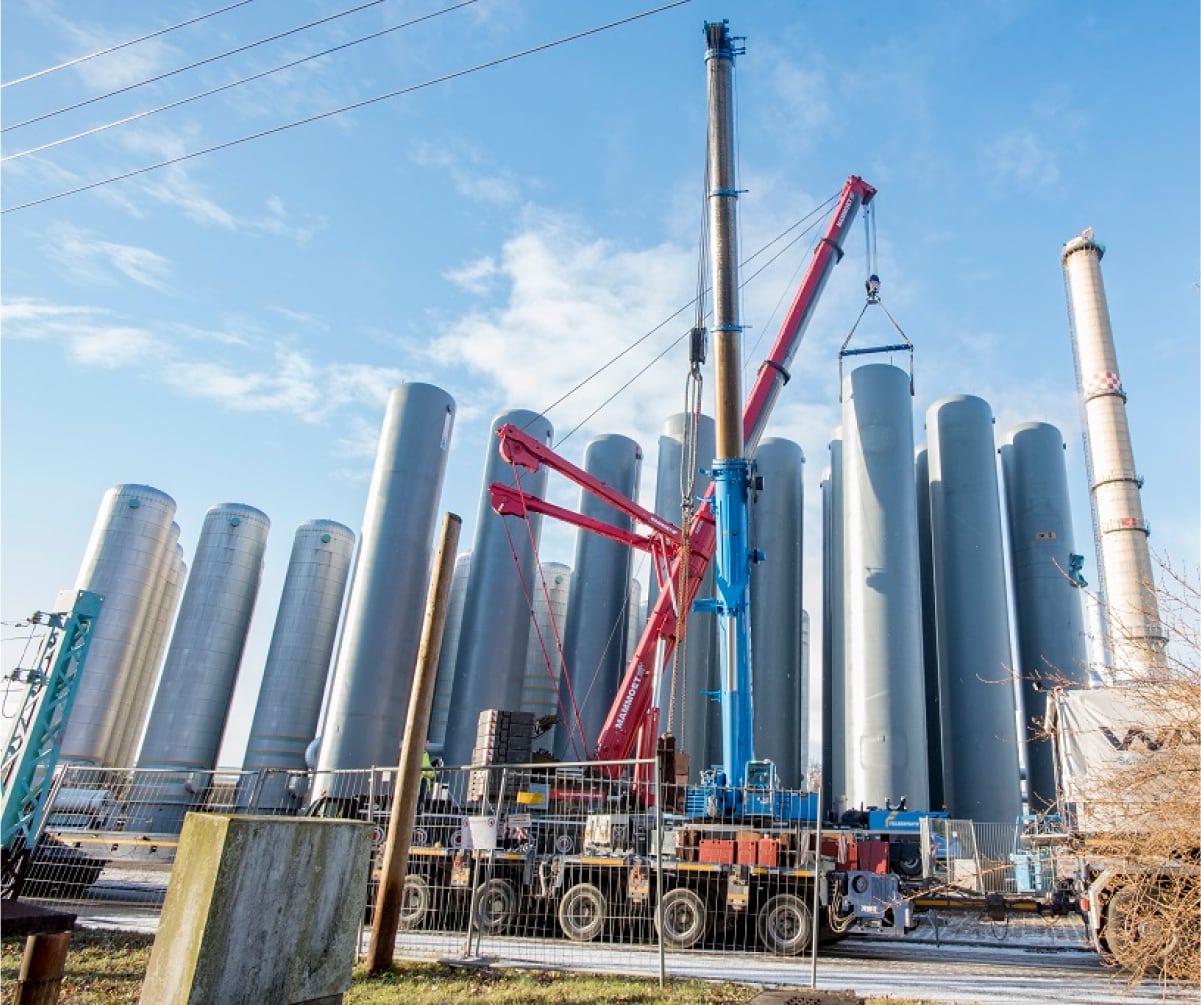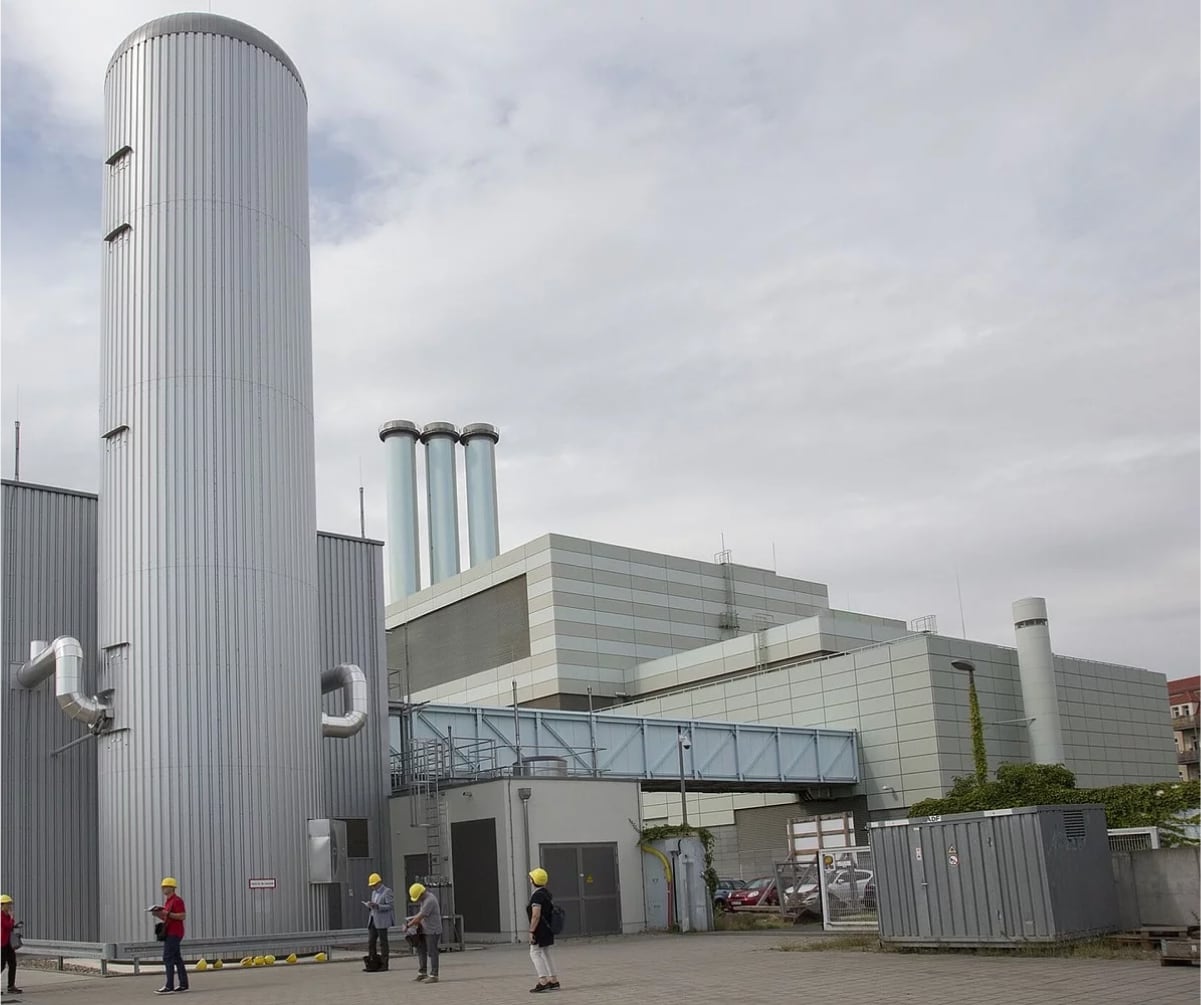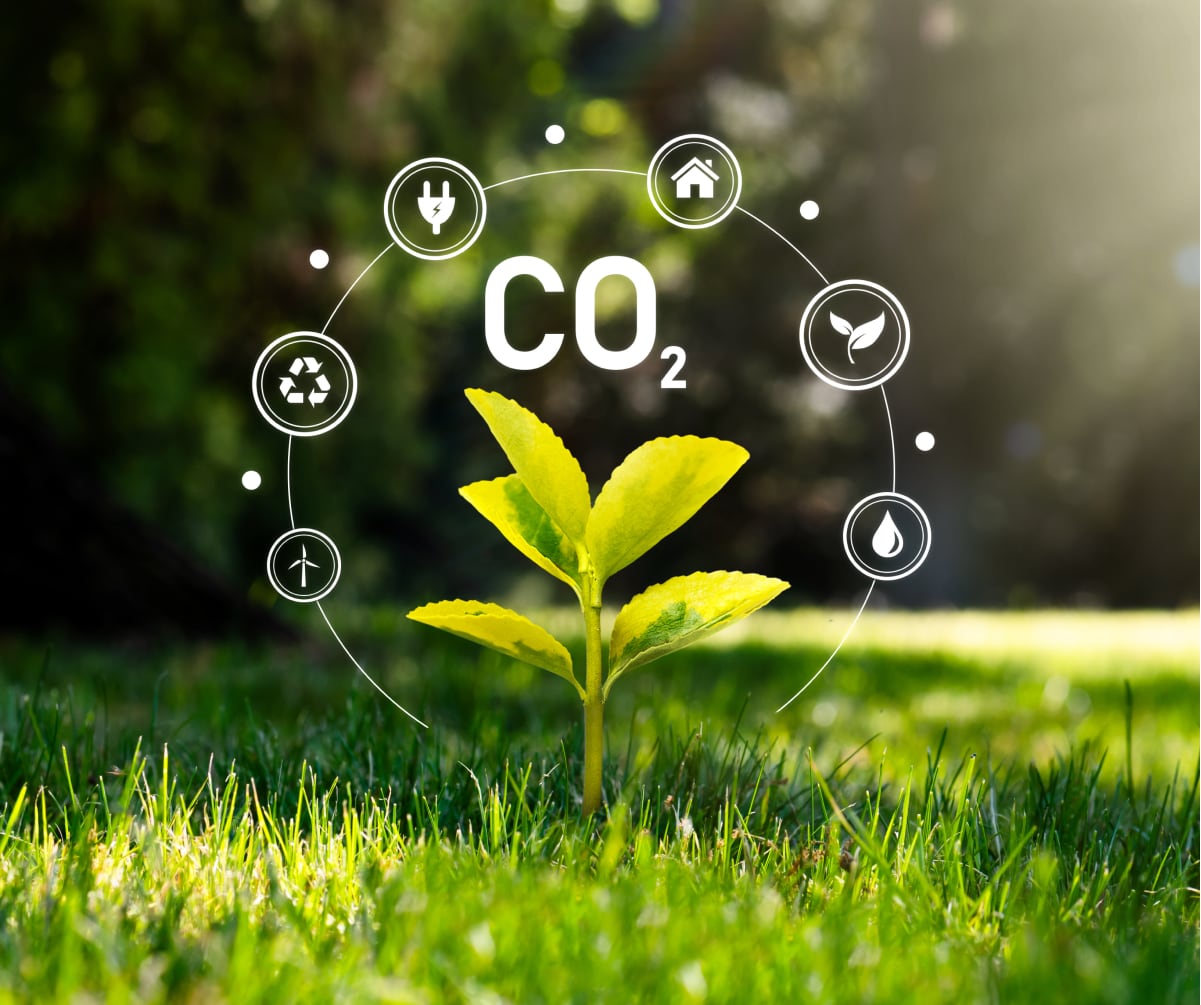Sector coupling
Digitalization and networking of energy systems to integrate renewable energies into the municipal district heating supply


Digitalization and networking of energy systems to integrate renewable energies into the municipal district heating supply


Sector coupling measures focus on reducing flow temperatures to increase efficiency and integrating renewable energies into the district heating network of Dresden.
The aim of the sector coupling measure is not only to contribute to the decarbonization of the district heating supply, but also to establish a model for similar projects in other cities, particularly in regions with a high proportion of district heating.


A digital twin of the district heating network is to be created in order to simulate various load scenarios and optimize network stability and heat pump efficiency. To this end, the components of the district heating system in the district will be digitally networked. This enables precise control of the energy flows in the district.

Intelligent house connection stations (iHAST) are part of the digitally networked system, the digital twin, and play a central role in modern district heating supply. They differ from conventional house connection stations (HAST) in their ability to transmit data, communicate and control remotely. These functions enable more efficient control of heat distribution and help to optimize the entire energy system.

In order to implement sector coupling, intelligent house connection stations must be used in district heating systems, similar to Smart meters in the electricity supply. Sector coupling is part of the energy and heating transition and describes the networking of the electricity, heating, transport and industrial sectors, which were previously considered separately. The aim is to drive decarbonization and replace fossil fuels by using renewable energies in all sectors.

By using renewable energies and lowering the flow temperatures in the district heating network, the operating costs for the heat supply are to be reduced. As the cheapest available energy sources are used, this leads not only to a reduction in CO₂ emissions but also to direct financial relief for residents.


This project serves as an experimental field for testing digital solutions for urban challenges such as climate change, mobility and energy supply. The aim is to design the heat supply of the state capital Dresden in line with demand, to control it more efficiently and to enable the integration of renewable energies.

The development of smart districts and digitally networked infrastructures will make Dresden more attractive as a business location. A better digital infrastructure means faster communication channels, more efficient logistics and a higher quality of life for employees, which in turn increases the attractiveness for skilled workers.

Utility companies in particular are participating in the measure, which is aimed at sustainability and climate neutrality. This is not only a contribution to environmental protection, but also strengthens the company's responsible image in the region.

SachsenEnergie AG supplies around 300,000 customers with electricity, gas, district heating and drinking water.